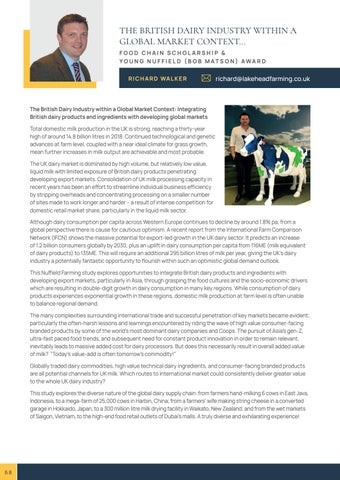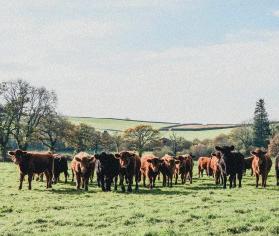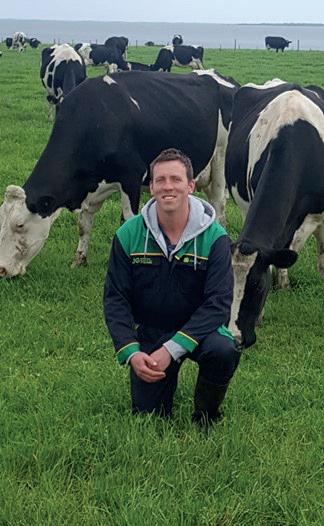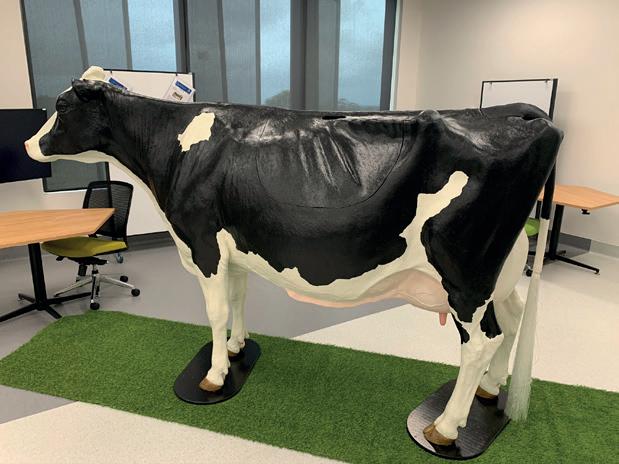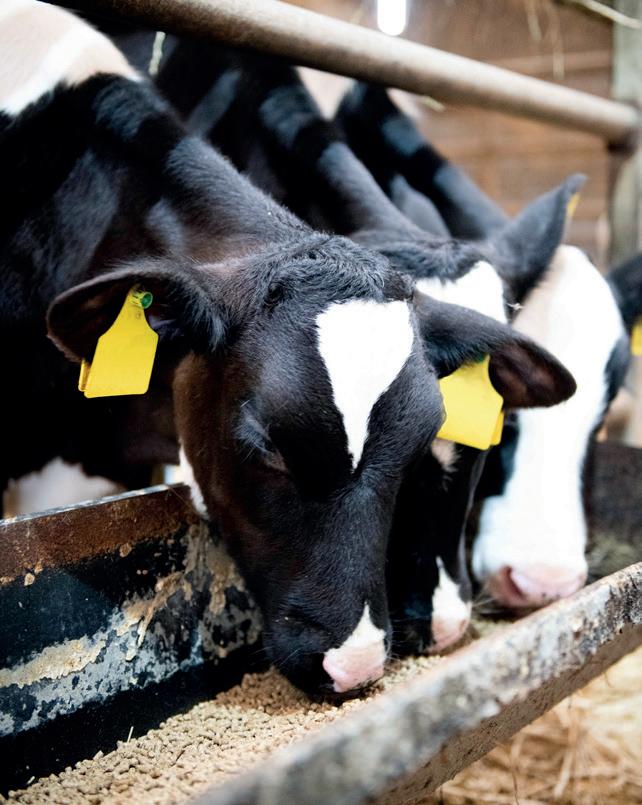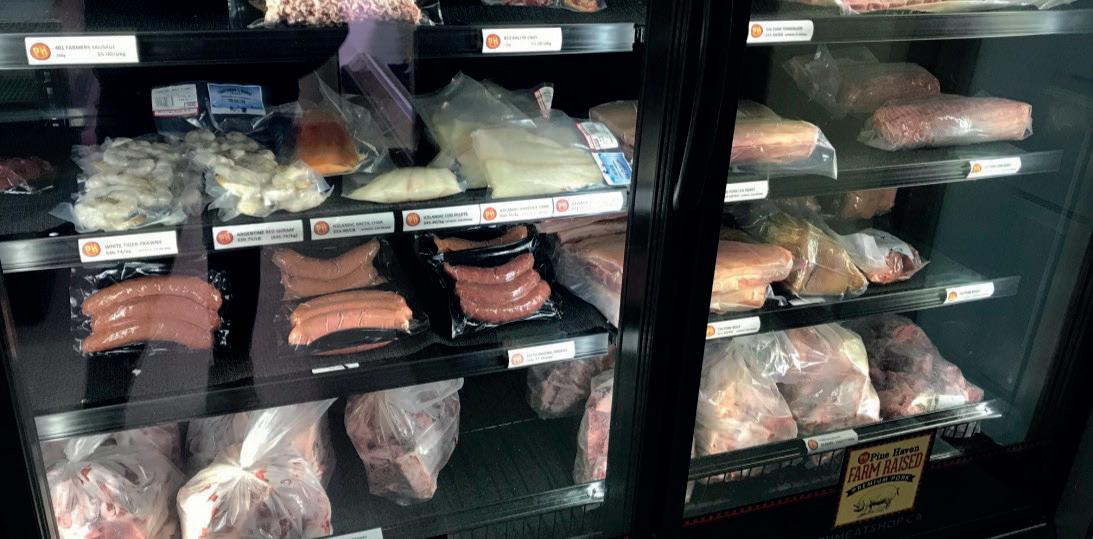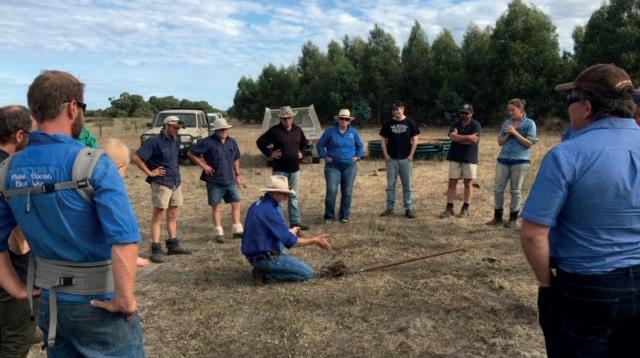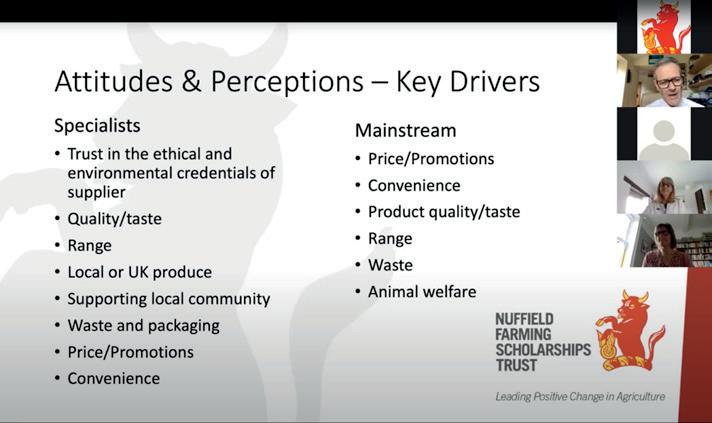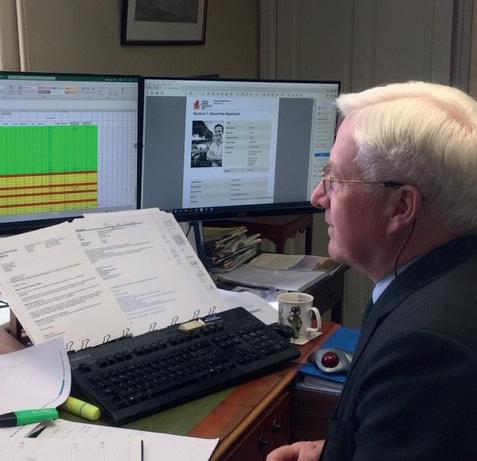THE BRITISH DAIRY INDUSTRY WITHIN A GLOBAL MARKET CONTEXT... FOOD CHAIN SCHOLARSHIP & YO U N G N U F F I E L D ( B O B M AT S O N ) AWA R D R I C H A R D WA L K E R
richard@lakeheadfarming.co.uk
The British Dairy Industry within a Global Market Context: Integrating British dairy products and ingredients with developing global markets Total domestic milk production in the UK is strong, reaching a thirty-year high of around 14.8 billion litres in 2018. Continued technological and genetic advances at farm level, coupled with a near ideal climate for grass growth, mean further increases in milk output are achievable and most probable. The UK dairy market is dominated by high volume, but relatively low value, liquid milk with limited exposure of British dairy products penetrating developing export markets. Consolidation of UK milk processing capacity in recent years has been an effort to streamline individual business efficiency by stripping overheads and concentrating processing on a smaller number of sites made to work longer and harder – a result of intense competition for domestic retail market share, particularly in the liquid milk sector. Although dairy consumption per capita across Western Europe continues to decline by around 1.8% pa, from a global perspective there is cause for cautious optimism. A recent report from the International Farm Comparison Network (IFCN) shows the massive potential for export-led growth in the UK dairy sector. It predicts an increase of 1.2 billion consumers globally by 2030, plus an uplift in dairy consumption per capita from 116ME (milk equivalent of dairy products) to 135ME. This will require an additional 295 billion litres of milk per year, giving the UK’s dairy industry a potentially fantastic opportunity to flourish within such an optimistic global demand outlook. This Nuffield Farming study explores opportunities to integrate British dairy products and ingredients with developing export markets, particularly in Asia, through grasping the food cultures and the socio-economic drivers which are resulting in double-digit growth in dairy consumption in many key regions. While consumption of dairy products experiences exponential growth in these regions, domestic milk production at farm level is often unable to balance regional demand. The many complexities surrounding international trade and successful penetration of key markets became evident; particularly the often-harsh lessons and learnings encountered by riding the wave of high value consumer-facing branded products by some of the world’s most dominant dairy companies and Coops. The pursuit of Asia’s gen-Z, ultra-fast paced food trends, and subsequent need for constant product innovation in order to remain relevant, inevitably leads to massive added cost for dairy processors. But does this necessarily result in overall added value of milk? “Today’s value-add is often tomorrow’s commodity!” Globally traded dairy commodities, high value technical dairy ingredients, and consumer-facing branded products are all potential channels for UK milk. Which routes to international market could consistently deliver greater value to the whole UK dairy industry? This study explores the diverse nature of the global dairy supply chain: from farmers hand-milking 6 cows in East Java, Indonesia, to a mega-farm of 25,000 cows in Harbin, China; from a farmers’ wife making string cheese in a converted garage in Hokkaido, Japan, to a 300 million litre milk drying facility in Waikato, New Zealand; and from the wet markets of Saigon, Vietnam, to the high-end food retail outlets of Dubai’s malls. A truly diverse and exhilarating experience!
68
